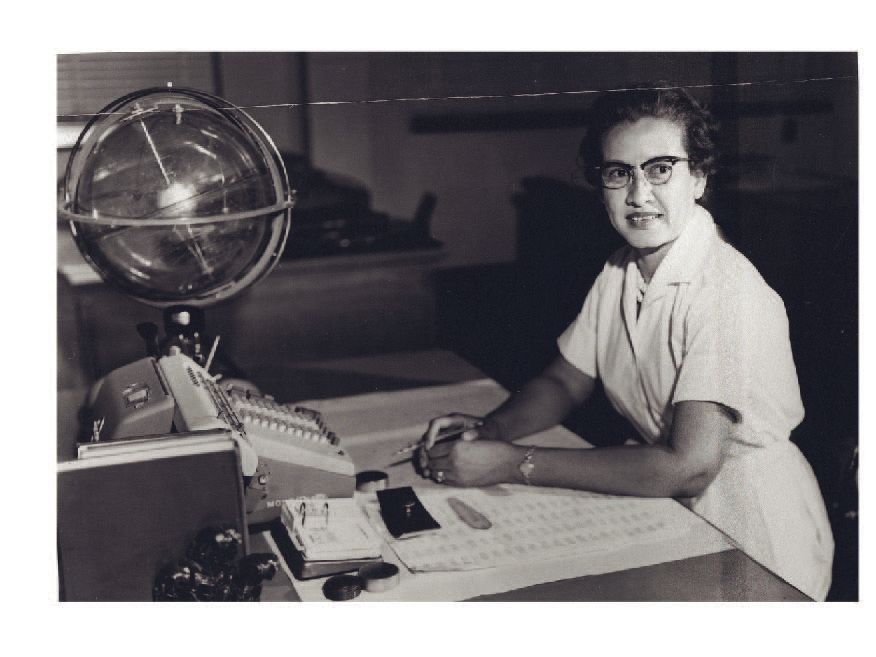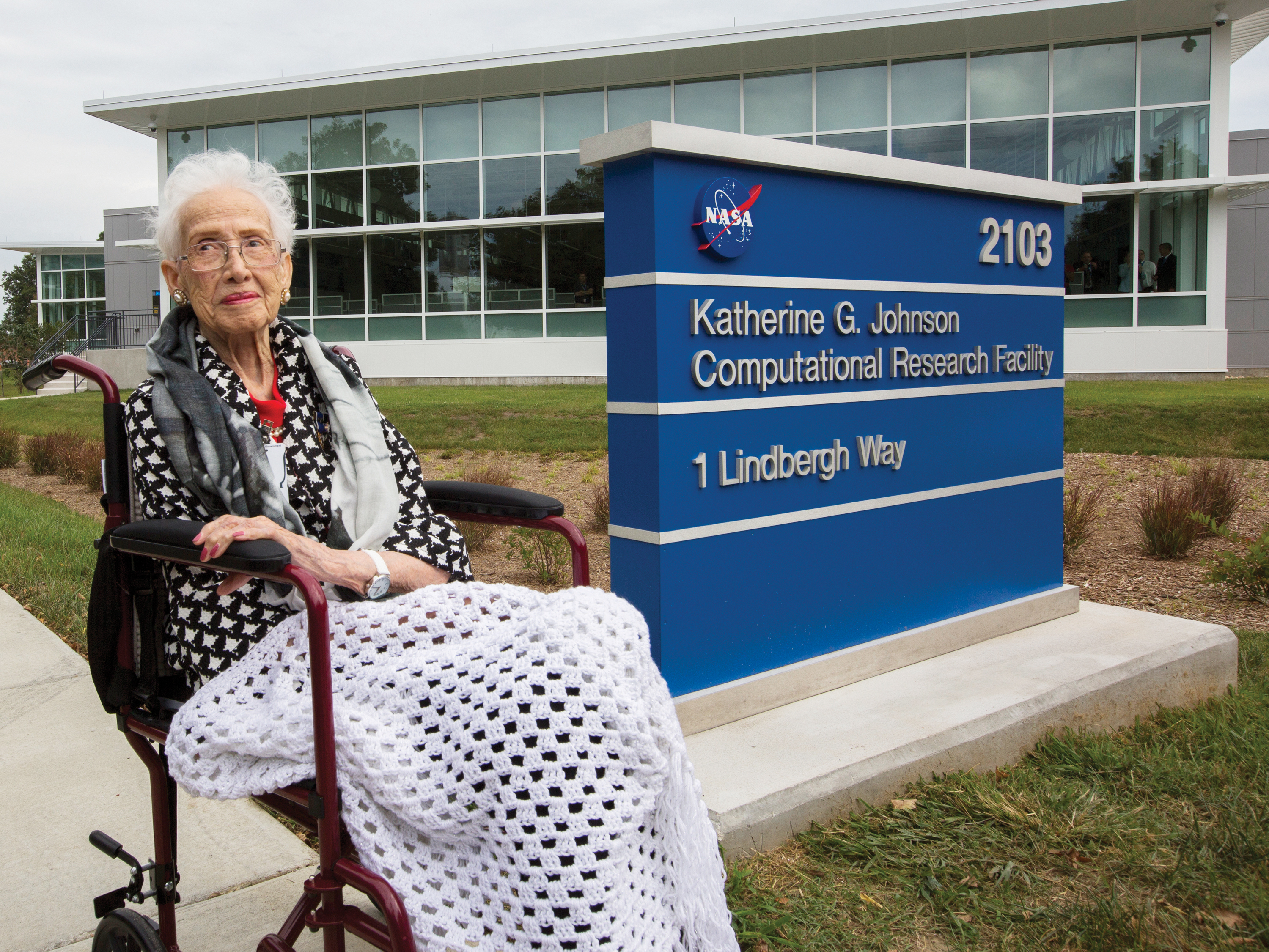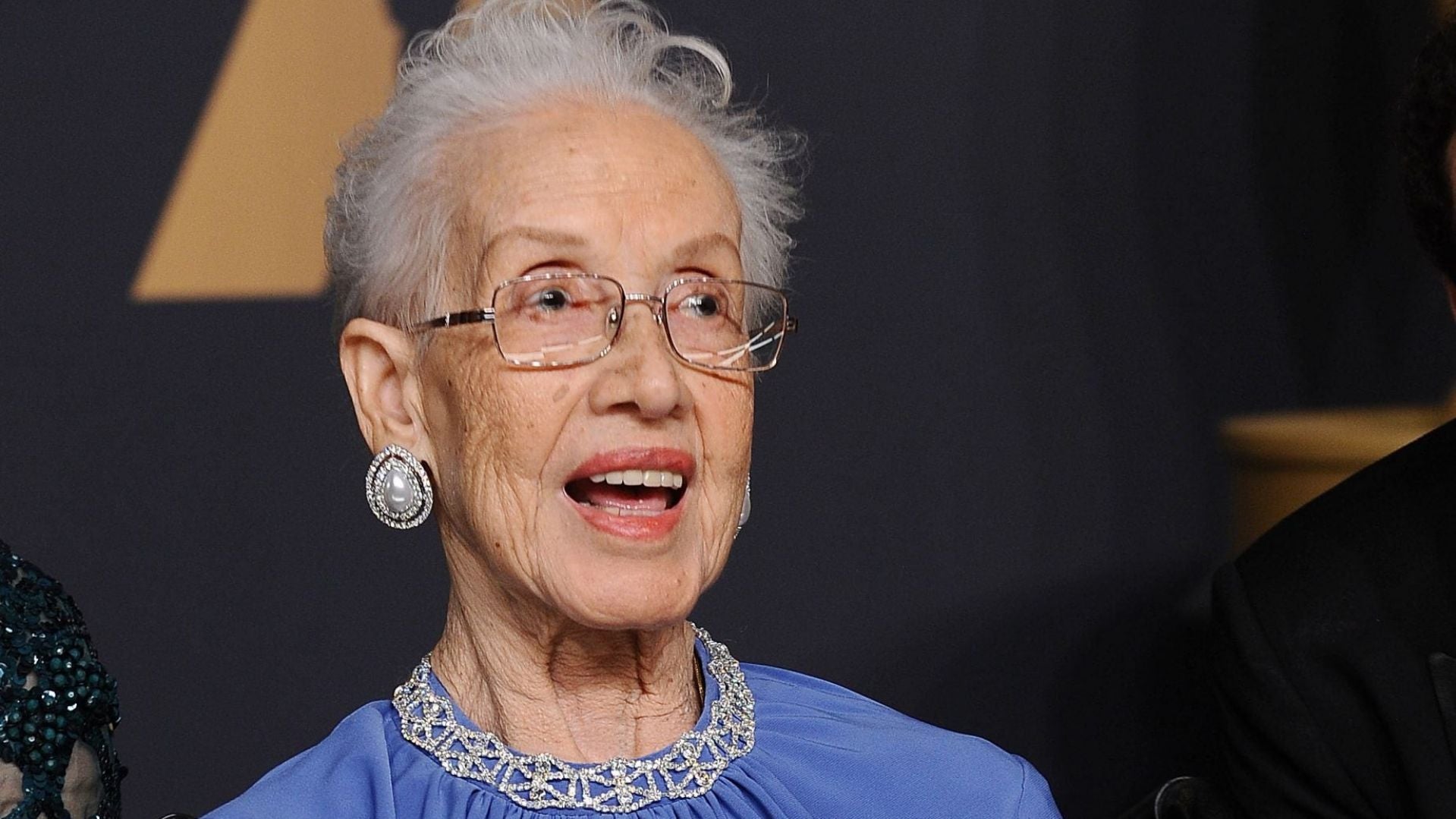

As engineers considered what it would take to send the first American beyond the edge of space, she volunteered for work behind the scenes. Read: The women who contributed to science but were buried in the footnotesīy 1958, the year NASA was formally established, Johnson was known for her keen eye and precision. She wished it away, willed it out of existence inasmuch as her daily life was concerned.” “She didn’t close her eyes to the racism that existed,” Shetterly wrote. A cardboard sign on a cafeteria table, delineating where “colored computers” could sit, had been done away with by the time she got there, but the signage over the bathrooms remained. At a place like Langley, any woman would have faced sexism in that era Johnson and her colleagues had to confront the racism of the time, too. She was teaching at a black public school in Virginia when a relative told her about job openings with Langley’s cadre of human computers, led by another black mathematician, Dorothy Vaughan. She briefly attended West Virginia University to study for a master’s degree in math, becoming one of the first black students in the program, before leaving to start a family. She had a sharp mathematical mind as a child, and by the time she was 13 years old, she was taking classes at West Virginia State College, where she later earned her degree. Johnson was born on August 26, 1918, in White Sulphur Springs, West Virginia, to a schoolteacher and a farmer. At the time, it was just a question and an answer.” “They needed information and I had it, and it didn’t matter that I found it. “There’s nothing to it-I was just doing my job,” she said in a Washington Post interview in 2017. The burst of overdue recognition didn’t seem to faze her. She was inundated with press coverage, had buildings renamed in her honor, and was awarded the Presidential Medal of Freedom.

In her late 90s, Johnson was finally celebrated-widely and loudly-for her contributions to one of the most iconic accomplishments of the 20th century.

But the stories of these women in particular had been buried so deep in the archives of history that when Shetterly brought them to light, it felt like a revelation. The sciences are well known for their infuriating tendency to overlook important figures who aren’t white and male. Read: Hidden Figures and the appeal of math in an age of inequality The book chronicled the lives of Johnson and the other black female mathematicians who worked as “computers” at the Langley Research Center, using pencils and slide rules to calculate equations for the agency that would become NASA. For the first time, a wider swath of the world learned about Johnson and how she made a place for herself in American spaceflight. Johnson’s talent and contributions are well documented now, but for most of her life, her efforts went unrecognized-until Shetterly published her book in 2016, and the film it inspired became a blockbuster. Johnson, who died this morning at the age of 101, spent more than 30 years at NASA, where she provided the complex calculations for the country’s most important missions, from the first journey to the edge of space to the triumphant landing on the moon. She made it into the room, and well beyond that. Eventually the engineers relented, tired of saying no over and over again. There had been, in other cases one prohibited black people from using the same bathroom as white people.īut Johnson already ignored those laws at the office, and she kept asking about the meetings. “Is there a law against it?” she replied. “Girls don’t go to the meetings,” her male colleagues told her. “Why can’t I go to the editorial meetings?” Johnson asked the engineers, as Margot Lee Shetterly wrote in the book Hidden Figures. But she wasn’t allowed inside the room where any of it was discussed. Katherine Johnson’s job was to prepare the equations and charts for this work. Every day, engineers at the Langley laboratory, in Virginia, contemplated orbital mechanics, rocket propulsion, and the complicated art of leaving Earth-they needed to catch up with the Soviet Union. In 1958, not long after the pivotal launch of Sputnik, American engineers were preoccupied with spaceflight.


 0 kommentar(er)
0 kommentar(er)
